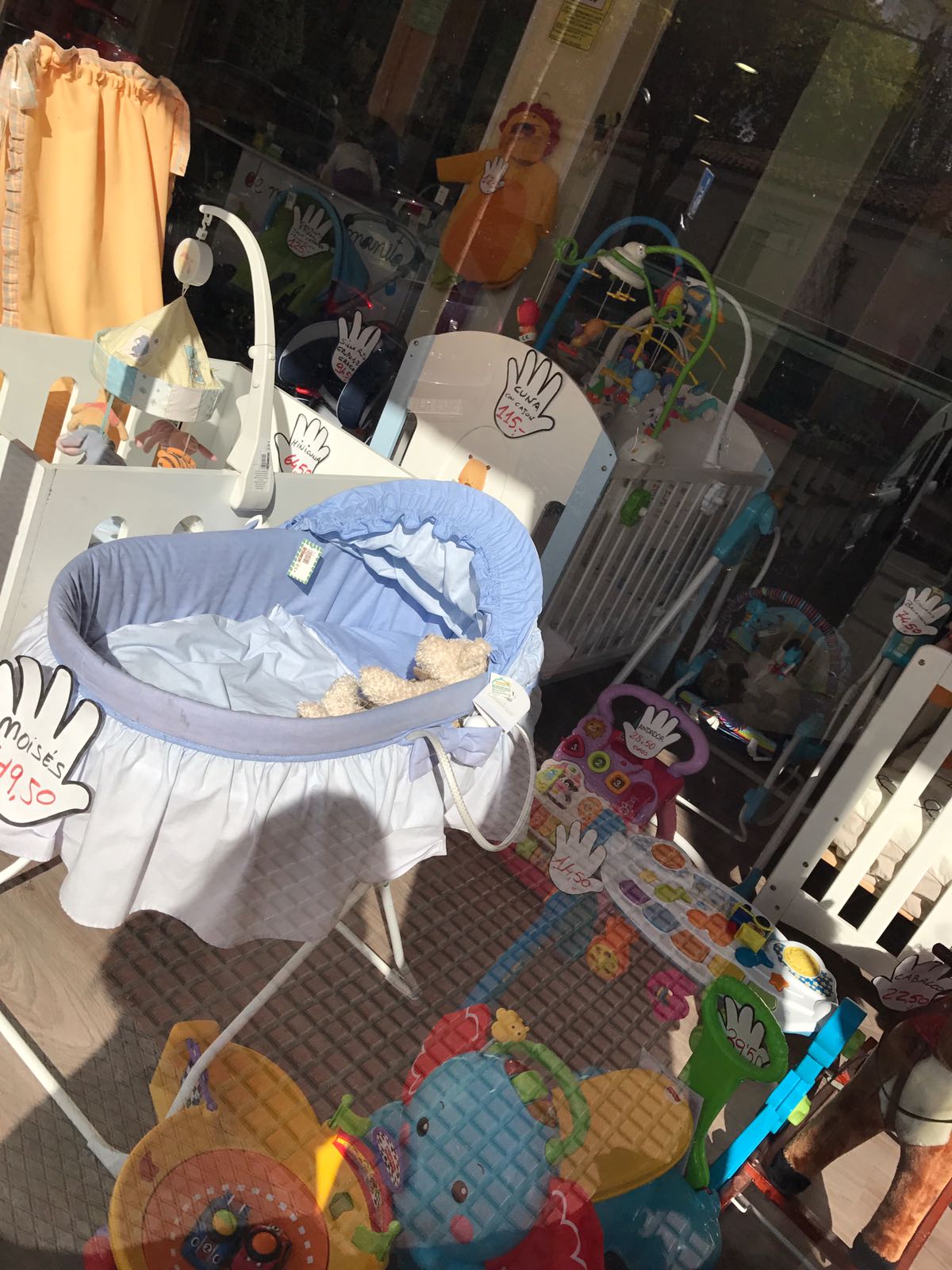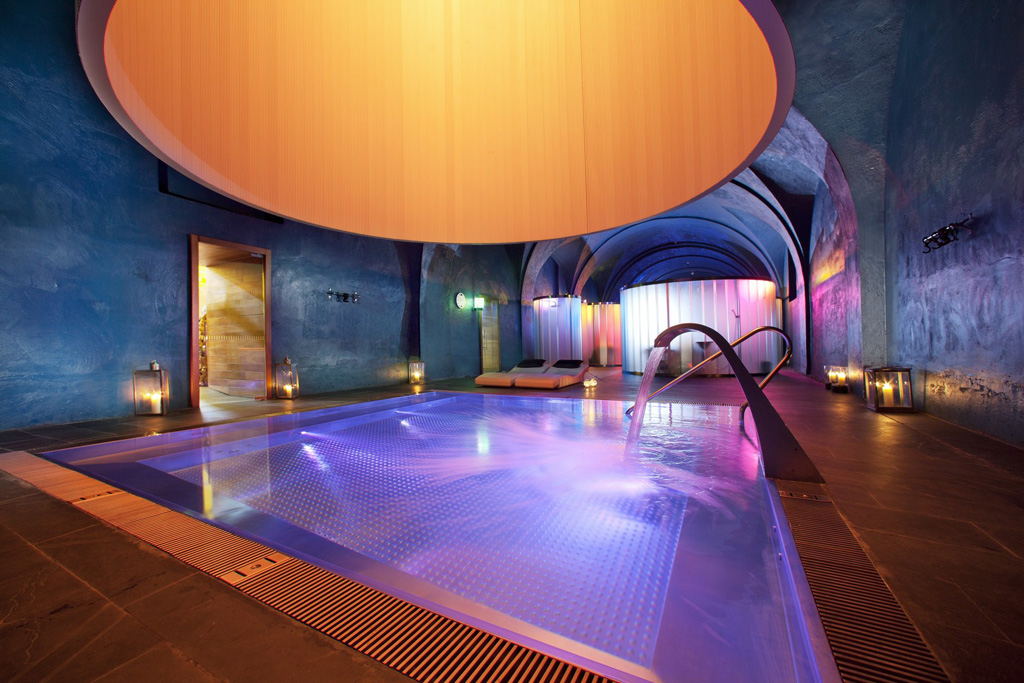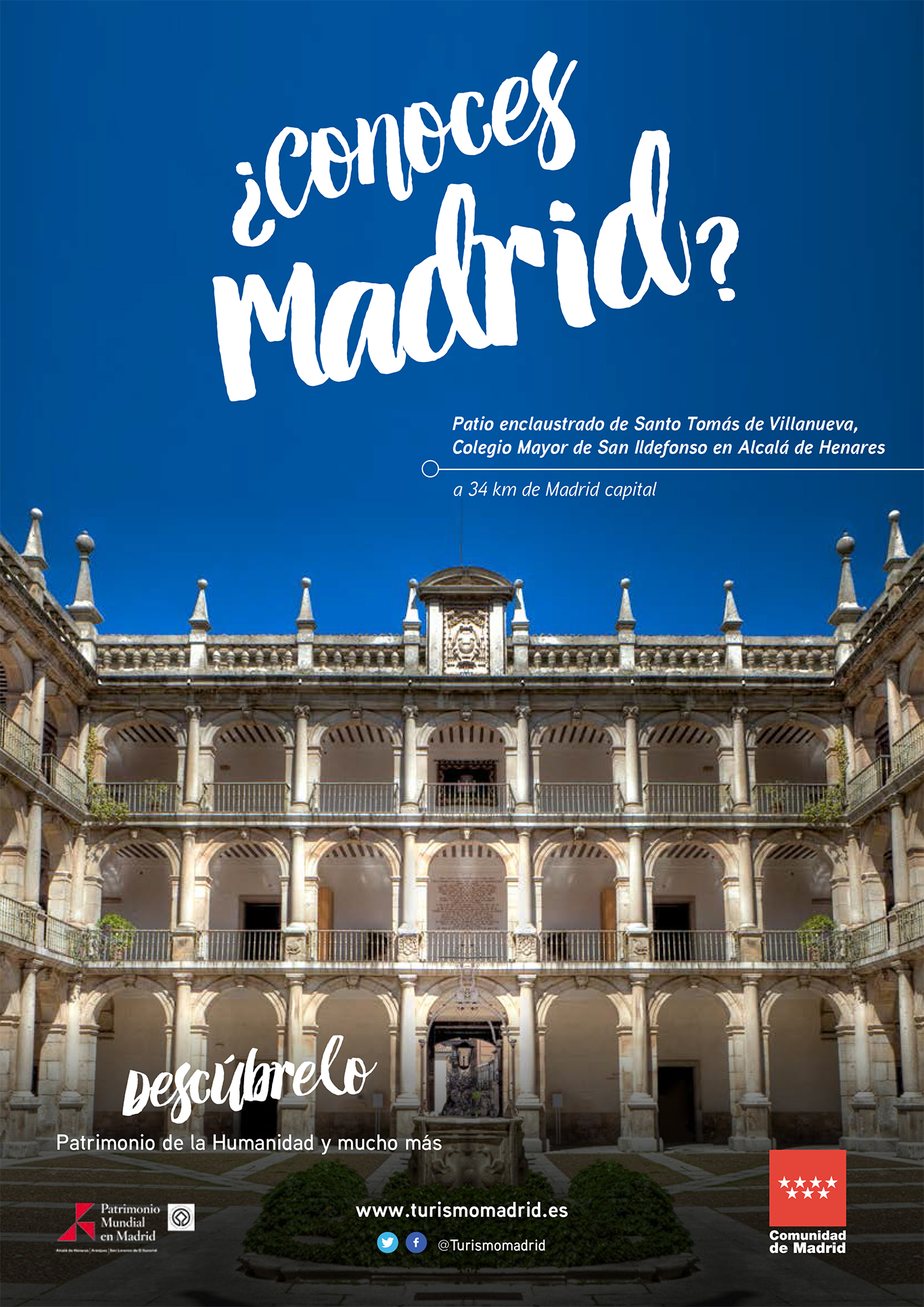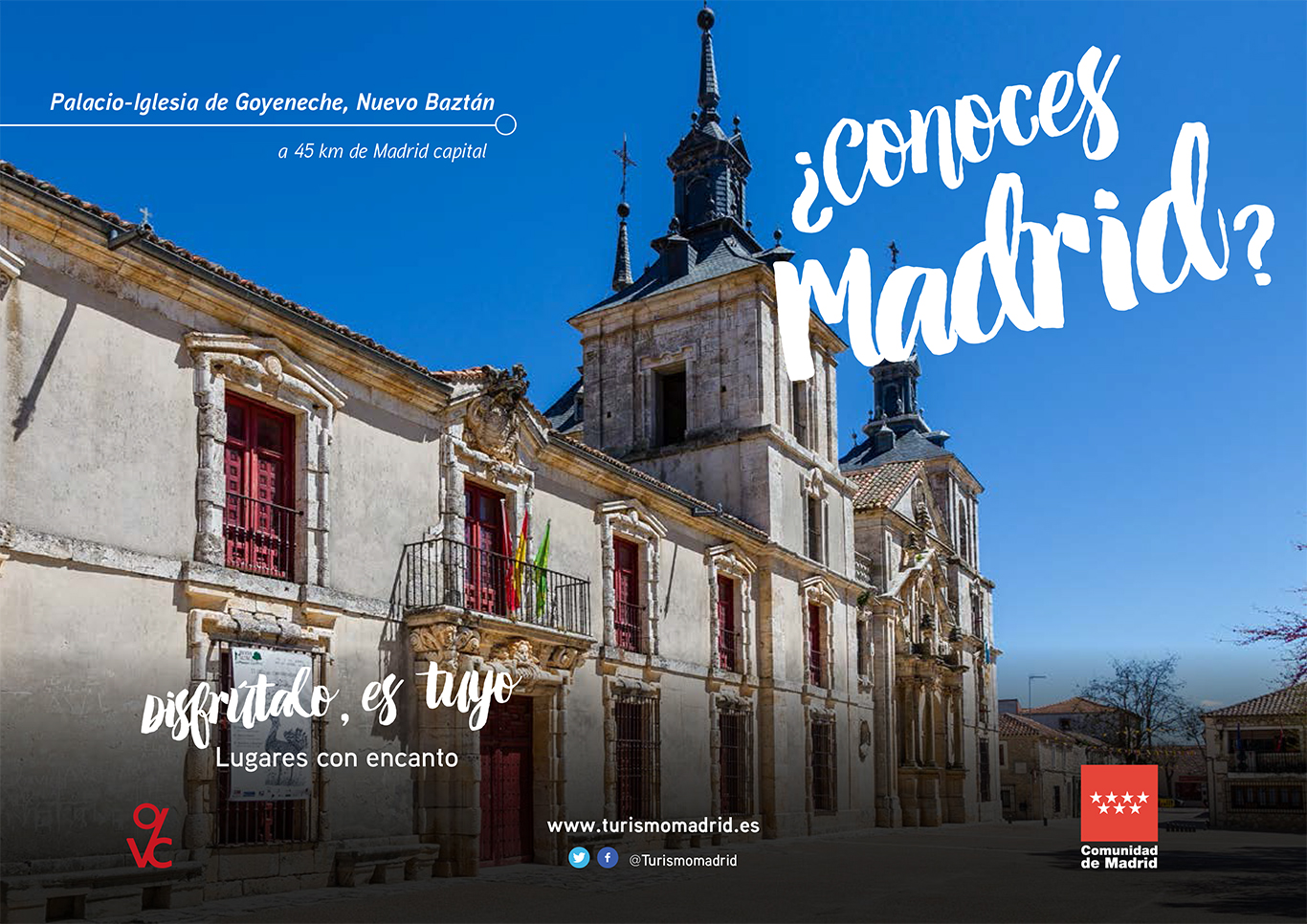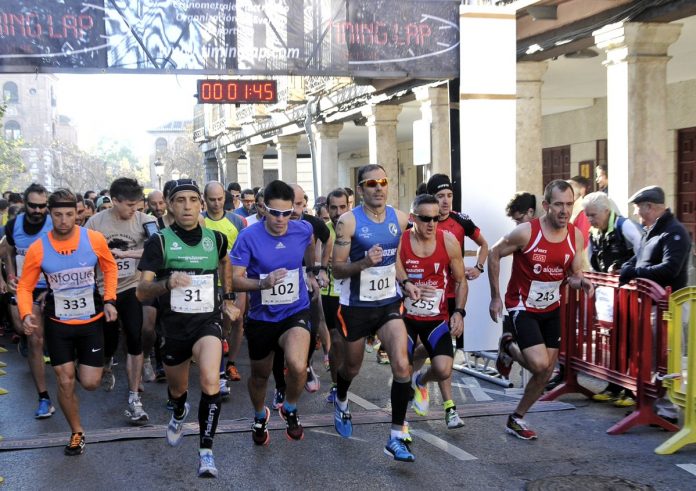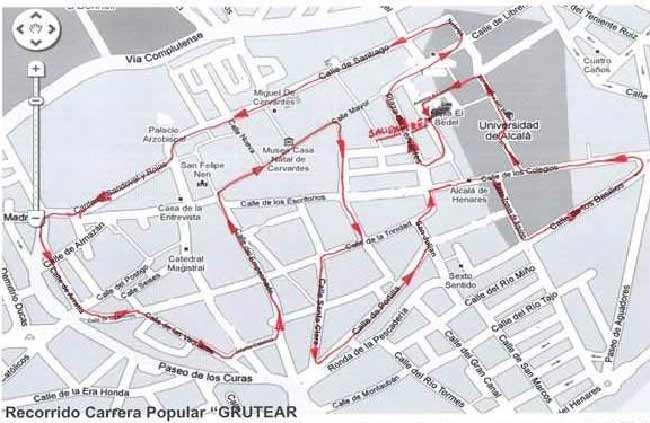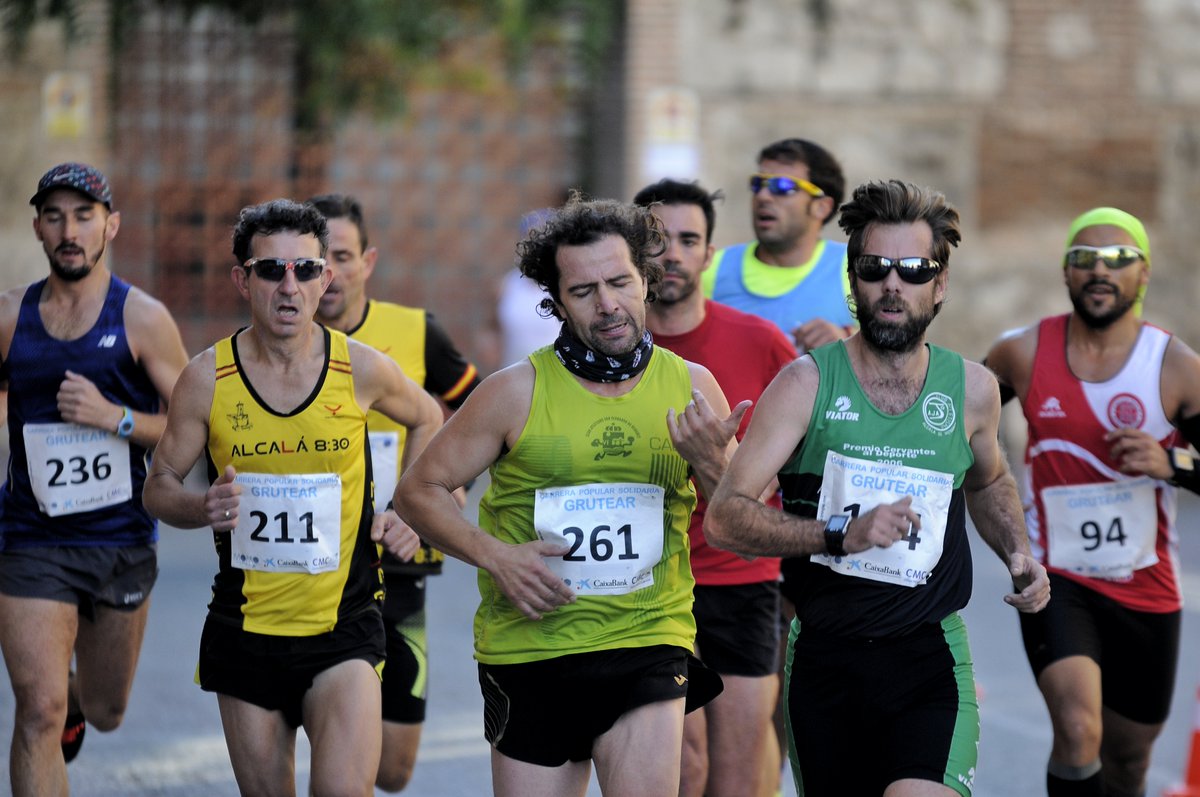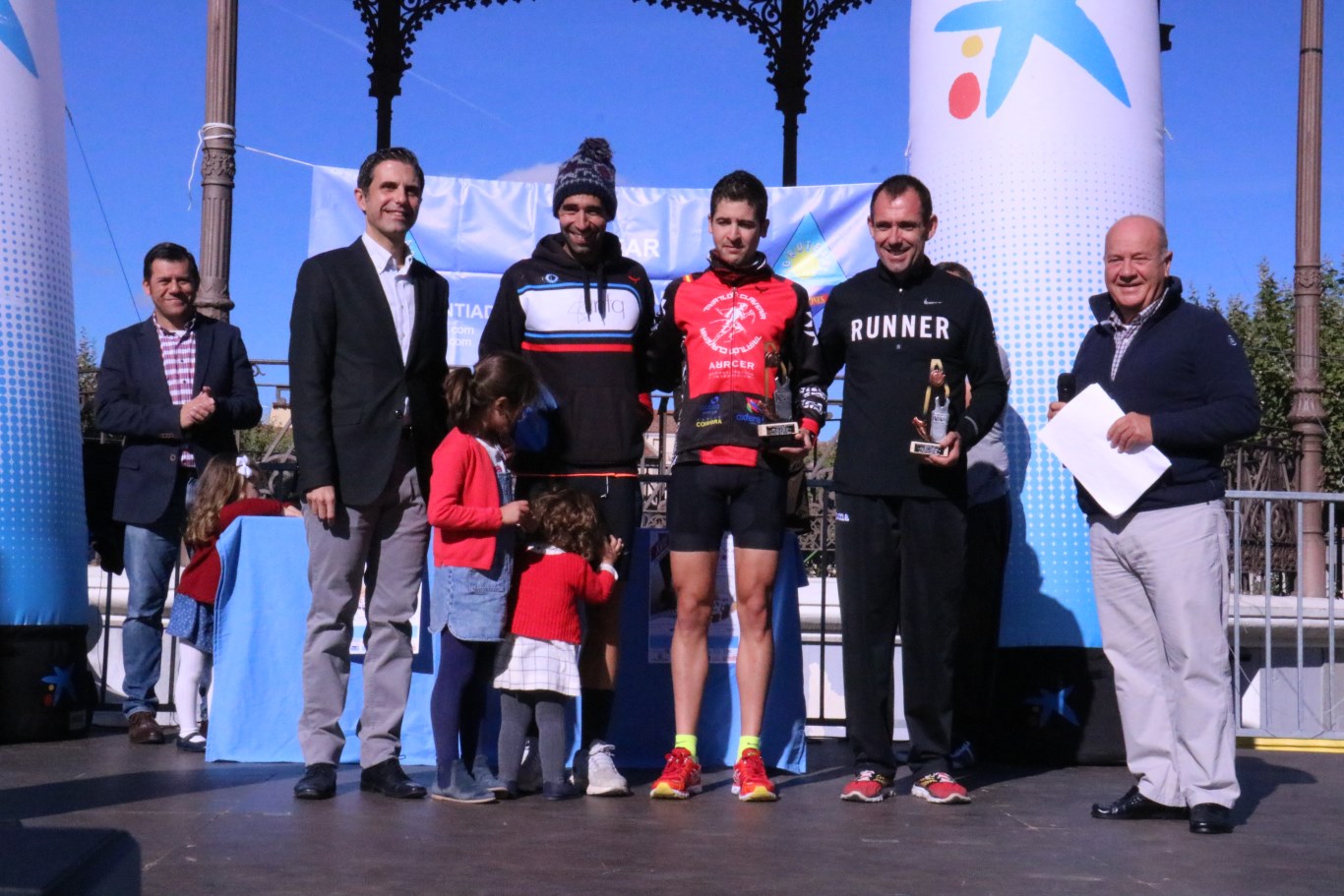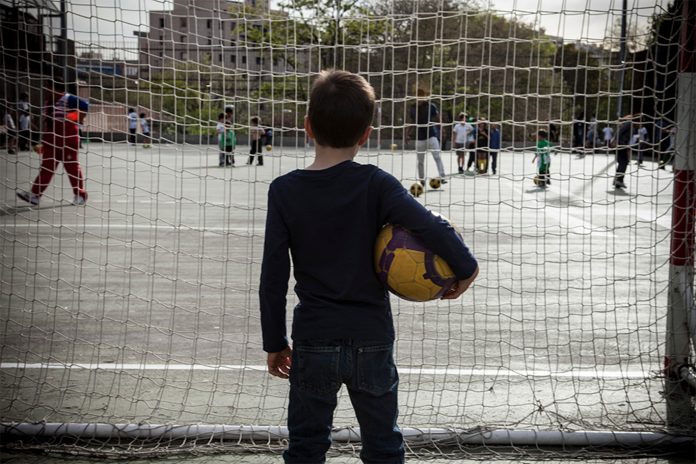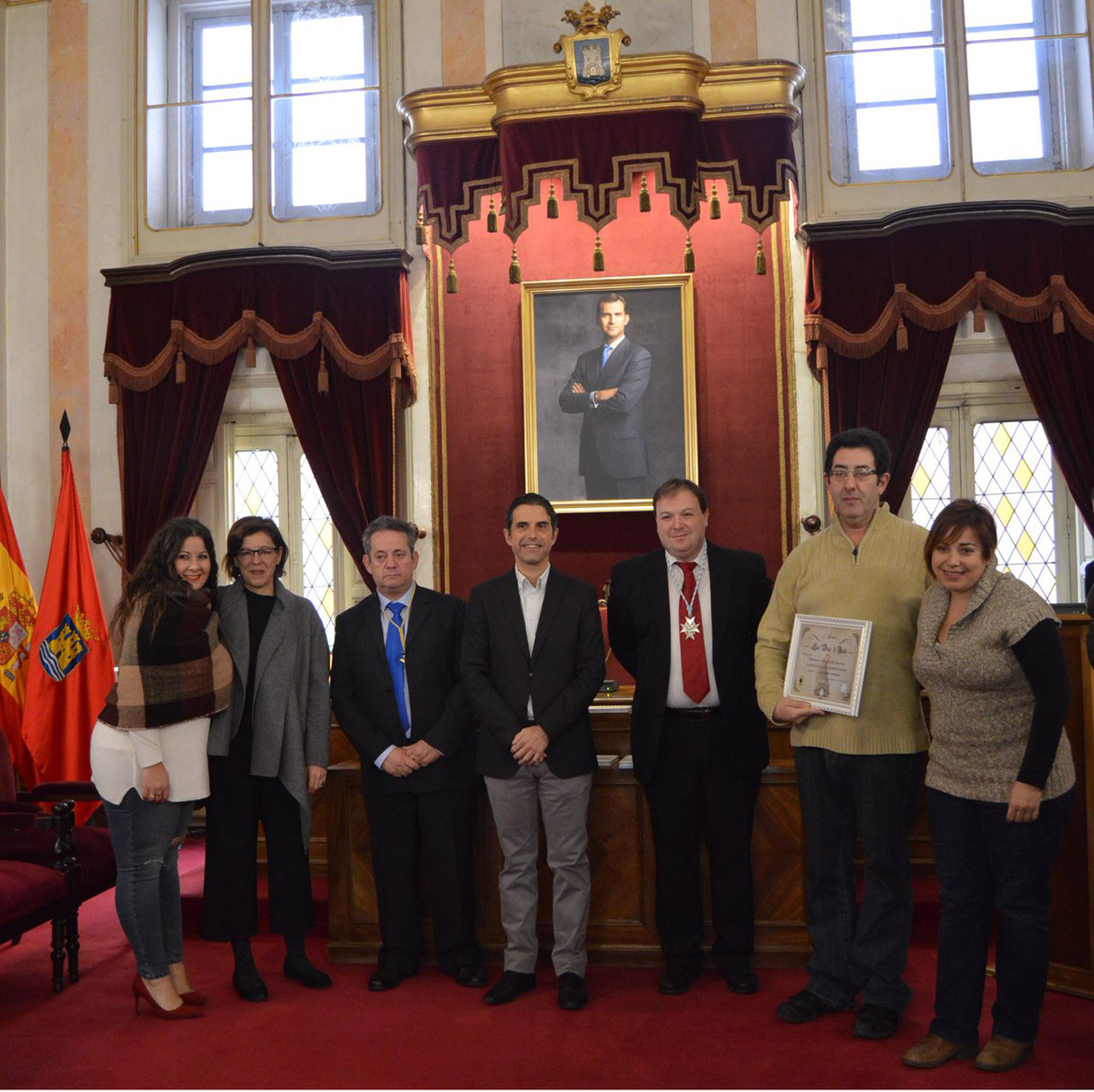El próximo 16 de noviembre tendrá lugar el Día del Mecenas. Organizado por la Unidad de Mecenazgo de la Universidad de Alcalá, tiene el objetivo de mejorar el conocimiento por parte de la comunidad universitaria sobre las posibilidades de patrocinio y mecenazgo que existen para las universidades españolas.
Además, se pretende crear un espacio para compartir experiencias en la búsqueda de financiación privada para el desarrollo de proyectos en distintos ámbitos.
La jornada incluye dos ponencias: ‘Patrocinio y Mecenazgo en las Universidades Públicas Españolas’, a cargo de Juan Salvador Pérez, coordinador del Área de Comunicación Corporativa y Patrocinio del Servicio de Comunicación y Publicaciones de la Universidad Jaume I y ‘Mecenazgo Científico’, que pronunciará Francisco José Moreno Martínez, director del Área de Ciencia y Transferencia Tecnológica de la Fundación Botín.
Además, una ‘Mesa de experiencias’ reunirá a Ignacio Martínez Mendizábal, coordinador del Grupo de Bioacústica Evolutiva y Paleoantropología, a Javier Rivera, delegado del rector para Patrimonio Universitario y a Francisco Zaragozá, director del Departamento de Ciencias Biomédicas, todos ellos de la UAH, para debatir sobre ‘Por qué y cómo se patrocinan y apoyan proyectos’.
Programa Día del Mecenas de la UAH
09:30-10:00 h Recepción de los asistentes.
10:00-10:15 h Apertura de las Jornadas por parte del Rector de la Universidad de Alcalá.
10:15-11:00 h Ponencia: Patrocinio y Mecenazgo en las Universidades Públicas Españolas.
- Juan Salvador Pérez Villanueva. Coordinador del Área de Comunicación Corporativa y Patrocinio del Servicio de Comunicación y Publicaciones Universidad Jaume I.
11:00-11:15 h Diálogo entre los asistentes.
11:15-11:45 h Pausa/café.
11:45-12:30 h Ponencia: Mecenazgo Científico.
- Francisco José Moreno Martínez. Director del Área de Ciencia y Transferencia Tecnológica. Fundación Botín.
12:30-13:00 h Diálogo entre los asistentes.
13:00-13:45 h Mesa de experiencias: Por qué y cómo se patrocinan y apoyan proyectos.
- Ignacio Martínez Mendizábal. Coordinador del Grupo de Bioacústica Evolutiva y Paleoantropología (BEP). Universidad de Alcalá.
- Javier Rivera Blanco. Delegado del Rector para Patrimonio Universitario. Universidad de Alcalá.
- Francisco Zaragozá García. Director del Departamento de Ciencias Biomédicas. Universidad de Alcalá.
13:45-14:00 h Diálogo entre los asistentes.
14:00 h Clausura por parte del Secretario General de la Universidad de Alcalá.















